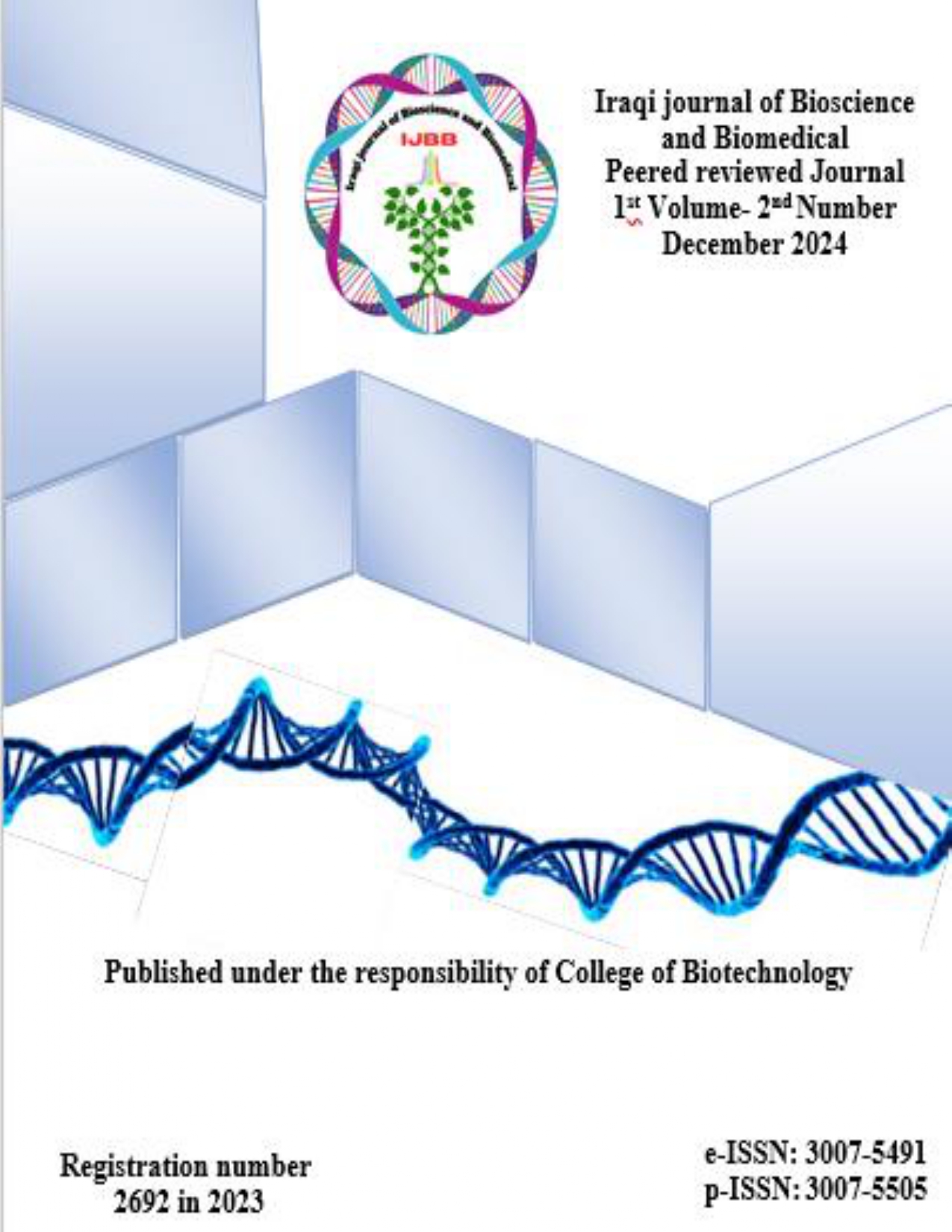Detection of Clindamycin-Resistant Staphylococcus aureus Isolated from clinical specimens in Baghdad
Downloads
Published
2024-12-31
Issue
Section
Articles
License
Copyright (c) 2024 Iraqi Journal of Bioscience and Biomedical

This work is licensed under a Creative Commons Attribution-NonCommercial-NoDerivatives 4.0 International License.
How to Cite
Detection of Clindamycin-Resistant Staphylococcus aureus Isolated from clinical specimens in Baghdad. (2024). Iraqi Journal of Bioscience and Biomedical, 1(2), 42-53. https://ijbbuon.edu.iq/index.php/ijbb/article/view/23





